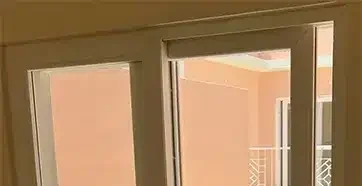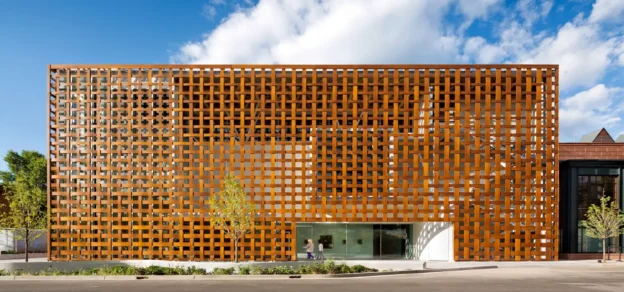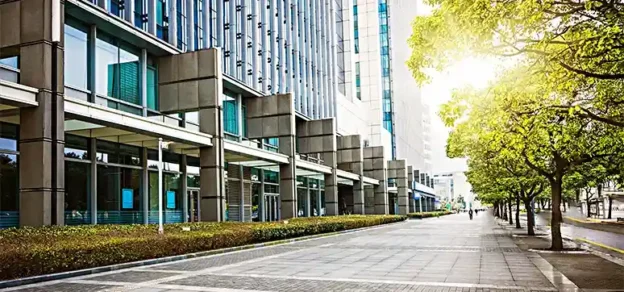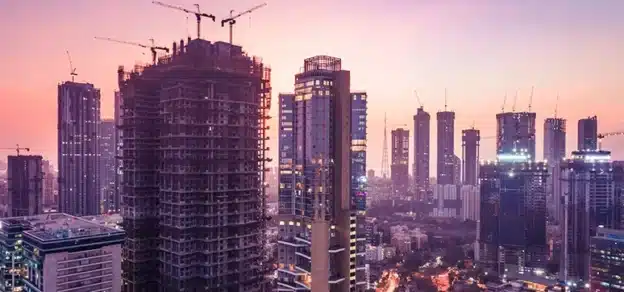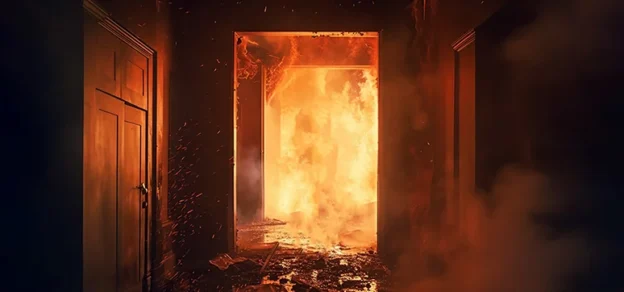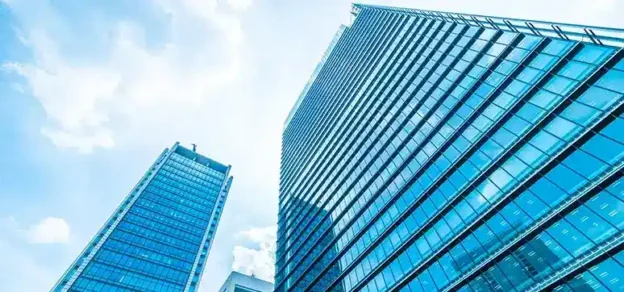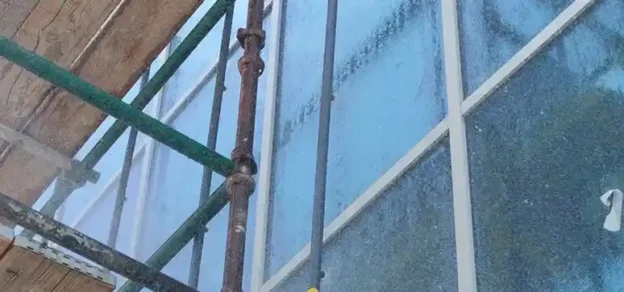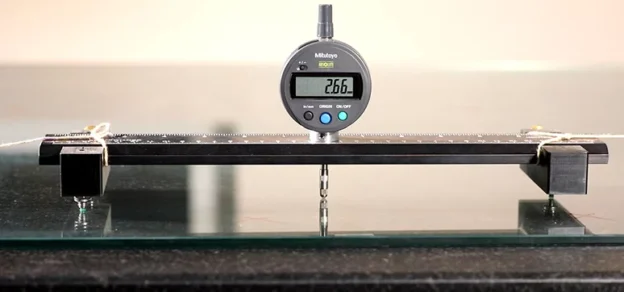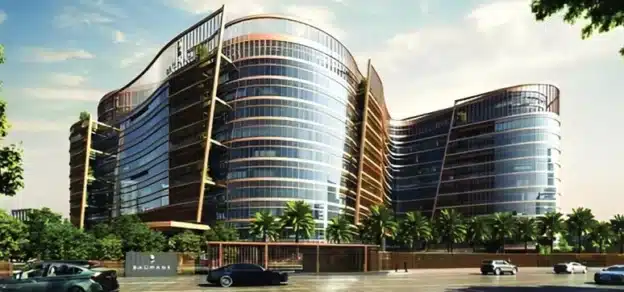Amongst the many challenges that face the building fenestration industry, one of the most commonly faced challenges is the safety of building occupants. Whilst there is a broad awareness of the current situation, deployment of a completely safe and secure building is still an ongoing process in India.

To quote an illustration, modern urban buildings these days are provided with electrically operated automatic doors at their main entrance which primarily cater to the aesthetics and entry comfort for the building users. That said, some critical factors of safety are still being compromised on economic grounds. In the current scenario of the building industry, even some of the most modern and iconic buildings make use of conventional single-point sensing safety sensors that do not detect people or objects at various levels. Thanks to the latest technologies that deploy multi-point detection safety sensors which can sense both people and objects at various levels.
These sensors can be used indoor close and door-open directions (refer to the image above) to achieve overall safety and comply with various international standards. These safety standards can be effectively implemented with strong support from project influencers such as architects, safety consultants, project management teams and government authorities who can specify, enforce and monitor the usage of such advanced safety practices in urban and public buildings. Another concept that is to be covered in detail while talking about building safety is the fire and smoke safety practices in public and commercial buildings. Here are some of the points to ponder when it comes to designing a smart building with advanced fire and smoke safety features.
Natural Smoke Ventilation System: a Sustainable Approach to Smart Facade Architecture

Almost all historic buildings were ventilated naturally, although many of these have been compromised by partition walls and mechanically operated door and window systems. With an increased awareness of energy and its environmental impacts, natural ventilation has become an increasingly attractive method for reducing energy use, cost, and for providing acceptable indoor environmental quality while maintaining a healthy, comfortable, and productive indoor climate. During favourable weather conditions, natural ventilation can be used as an alternative to air-conditioning plants, saving 10%- 30% of total energy consumption. The usage of naturally ventilated buildings are also one of the most important topics covered in the latest National Building Codes across the world.
Natural ventilation systems rely primarily on pressure differences to move fresh air through buildings. Pressure differences can be caused by the buoyancy effect created by temperature or humidity differences. In either case, the amount of ventilation will depend critically on the size and placement of ventilator openings in the building. Natural ventilation, unlike fan-forced ventilation, uses the natural flow of wind and buoyancy to deliver fresh air into buildings. Fresh air is required in buildings to alleviate odours and volatile toxic substances and at the same time to provide fresh oxygen supplies for respiration, which considerably improve thermal comfort and indoor air quality. The specific approach and design of natural ventilation systems will vary based on building types and local climate or weather conditions. However, the amount of ventilation depends critically on the careful design of internal spaces, along with the size and placement of ventilators in the building.
Natural Smoke Ventilation Systems make use of the ‘passive’ forces of wind and thermal buoyancy – the process of hot air rising to draw in colder, denser air – to provide a safe escape route for a building’s occupants, and the attending fire services. When a fire is detected, electrically operated drives connected to window controllers in the affected area will be activated, allowing the ventilation of smoke while allowing fresh air to enter through alternate openings. These systems are also fitted with a dedicated backup battery facility from IBMS, ensuring that they still operate when the main power shuts off.

Important Functions of a Smoke Ventilation System
An effective smoke ventilation system design can save valuable lives and protect property. The majority of deaths in building fires are the result of smoke alone (due to the presence of harmful toxic substances in the smoke).
The key functions of a smoke ventilation system include:
- Keeping the escape and access routes free from smoke
- Allow effective fire-fighting activity to take place
- Delay or prevent the risk of the fire spreading or increasing in intensity
- Protect the occupants and building assets
- Minimise damage to the structure, fixtures and fittings of the building
- Prevent environmental damage in the form of hazardous smoke
- Minimise the use of various chemicals used during firefighting procedures
Due to the limited amount of parts, usually consisting of a controller and drive systems, natural smoke ventilation system requires far less space in the way of ongoing maintenance and day-to-day running costs. As per various international norms, the periodic testing of AOVs (automatically operated smoke vents) is to be mandated in order to double confirm that they perform their function at peak during the hours of extreme emergencies. Further, careful design and planning are to be considered especially on wind pressure aspects. Natural smoke ventilation is one of the most critical and proactive measures to prevent the loss of numerous lives, building assets, and the environment as a whole.
